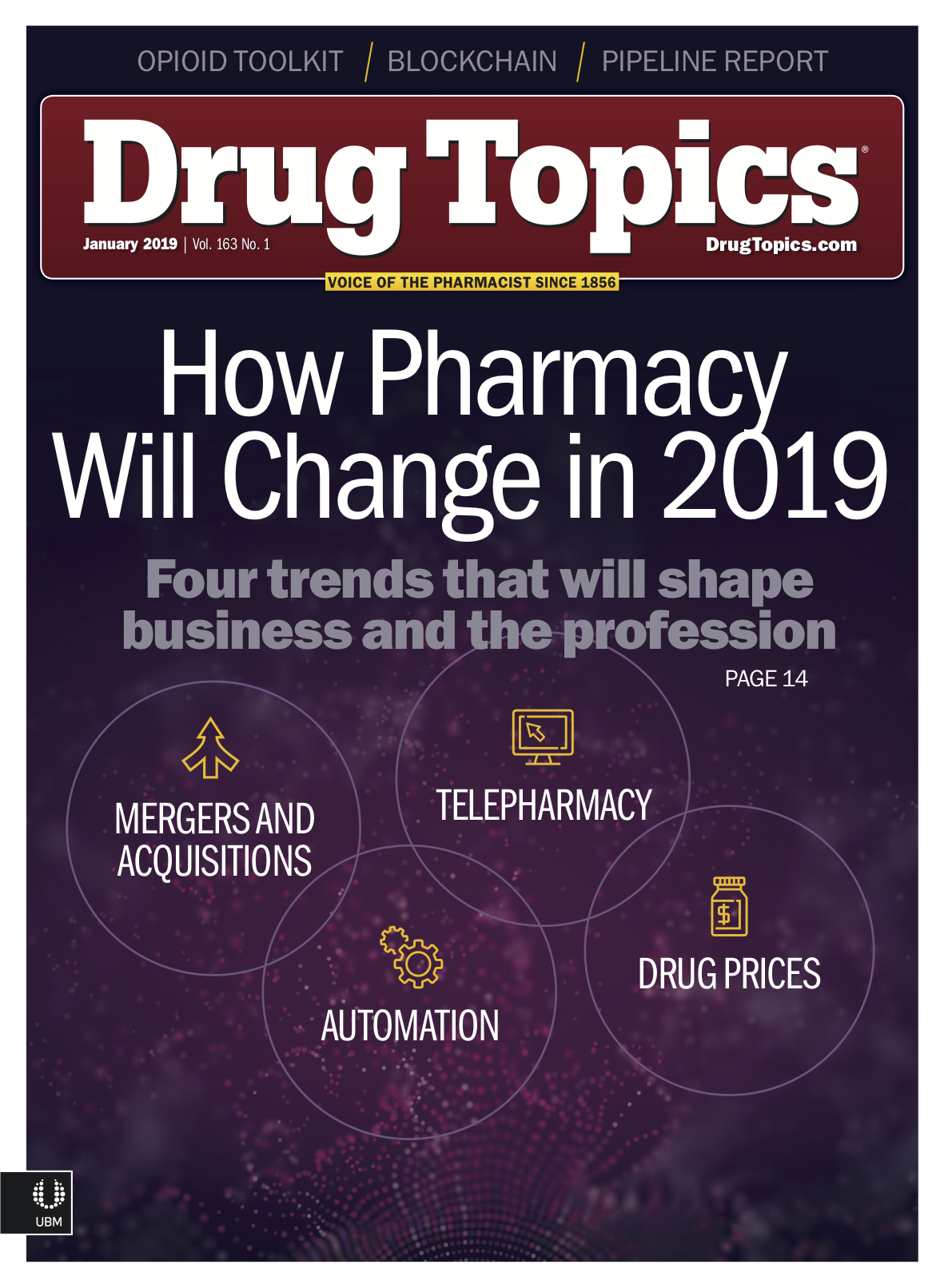ER Pharmacists Improve Processes, Outcomes
Growth of hospital emergency departments includes delivery of primary care and medication management, necessitating pharmacist involvement.

Joe Halfpap, PharmD, always knew he wanted to work directly with patients. He pursued a residency in emergency pharmacy immediately after pharmacy school and is now clinical pharmacist in emergency medicine at University of Wisconsin Hospitals and Clinics in Madison.
But it was an experience during his emergency department rotation in the second year of his pharmacy residency that proved his career choice was right. He saw a cardiac patient’s response to a half-milligram of epinephrine, an inappropriate dose for the patient.
“I walked into that room and saw what looked like a person strapped to a rocket ship going into outer space. He was literally yelling ‘Whoa!’ and his eyes were about the size of saucers,” says Halfpap. The patient’s blood pressure had gone from 80 systolic to 190 systolic in a couple seconds, he adds.
“This was a very sick cardiology patient, one who had overdosed on a beta blocker,” says Halfpap. A nurse had administered the medication under the direct instruction of a cardiology fellow who was at the bedside, he recalls. The patient experienced significantly elevated blood pressure and heart rate for approximately an hour, but ultimately recovered, and Halfpap believes he experienced no long-term ill effects.
Looking back, he says, “I should have been in the room. I could have potentially prevented that.”
Value in Emergency Pharmacy
Emergency departments (EDs) have become a primary-care destination for patients, and they are ordering more medications regularly. “Emergency departments are becoming much, much larger, and we’re providing a lot more care in them than we ever have before,” Halfpap says. Because of this change, it’s essential to have a pharmacist in the ED to consult on the appropriate care of patients, and for medication review and recommendations. The response among physicians and nurses is typically favorable, as they tend to feel more at ease with a pharmacist present, he says.
“They feel more comfortable having a pharmacist in the emergency department because we’re there to answer a lot of their questions,” he says. “If you’re the physician, you can cognitively kind of offload a lot of the medication decisions because you know you can have the pharmacist [involved] in these more complicated, more complex decision-making processes.”
Halfpap has worked in the ED at University of Wisconsin Hospitals and Clinics, which has 24-hour pharmacist coverage, for 12 years.
Effective communication among team members is essential because members of the care team might be focusing on a variety of tasks at once or in different locations. For example, the attending physician might be calling in by phone from home, while the nurse might be managing multiple patients.
Continue reading on page 2...
Brian Gilbert, PharmD, emergency medicine clinical specialist at Wesley Medical Center in Wichita, KS, works 10- or 11-hour shifts, seven days on and seven days off. In this role, he often responds to trauma incidents, stroke and sepsis alerts, and cardiac arrests. A key area where he uses his pharmacist training is in medication reconciliation, in addition to providing counseling to patients, doctors, or nurses regarding drug information.
Still, Gilbert says that some doctors and nurses can be territorial, especially if they don’t have experience working with pharmacists. That’s why he advises pharmacists who are new to the ED or the trauma environment to refrain from “throwing themselves into the action.” It is better to introduce yourself to doctors, nurses, and patients, and tell them you’re there to help, he says. Or better yet, offer to do something specific, such as bringing a patient into a room.
Learning nurses’ priorities, by setting up a meeting with nursing leaders, is also very important, he says.
Part of the Action
Halfpap says ED pharmacists should make sure they’re in the emergency room, not in their offices. They need to approach the bedside as a member of the clinical team and strive to deliver value to doctors and nurses.
For example, pharmacists can offer medication-dosing recommendations, call the poison-control hotline about a patient incident, or offer alternatives to generally prescribed medications.
The latter is what Natalija Farrell, PharmD, pharmacy clinical specialist lead in emergency medicine at Boston Medical Center, did when a 30-year-old patient with sickle cell disease presented in the hospital’s emergency room with shortness of breath and in cardiac arrest.
When this patient presented, a bedside ultrasound suggested that she was experiencing a pulmonary embolism, and the clinical team began to discuss whether to use alteplase, a blood clot medication that’s not typically used in cardiac arrest situations.
“My role as a pharmacist was to determine the most appropriate dose for the patient, as well as to provide the nurse with information on how to administer it, and to make sure that the team’s resuscitation efforts were at least 15 minutes after alteplase was administered in order to make sure that the drug had time to work,” she says.
Farrell then prepared the medication, the nurse administered it, and the medication successfully broke up the blood clot in the patient’s lungs. At that point, Farrell helped the team determine the appropriate time to begin systemic coagulation therapy with heparin, in addition to the appropriate dose and cadence for monitoring.
Continue reading on page 3...
Process Improvement
Pharmacists in the ED also can help improve processes, says Amber Meister, PharmD, critical care pharmacy manager at Wesley Medical Center. For example, they can create antibiotic order sets when ED clinicians need to treat a sepsis infection. This decreases the time clinicians need to think about the appropriate treatment, especially with sepsis infections when hundreds of medications are available, she says.
At Boston Medical Center, Farrell helped determine protocols for patients discharged from the ED with opioid prescriptions. She served on multidisciplinary committees in the ED and collaborated with the center’s addiction medicine leadership to create evidence-based guidelines for treating opioid withdrawal. The protocols include medication selection, dosing, frequency, monitoring, and adverse effects. Naloxone is stocked in the emergency room because of her efforts.
Farrell and other pharmacists help identify patients at risk of substance abuse through their practice of reviewing the medications patients have at home. Patients who are at risk for overdose receive take-home naloxone rescue kits.
Up next: Why Pharmacists are needed in ED/Trauma
Need for Pharmacists in the ED/Trauma Continues
There are 61 postgraduate year 2 (PGY2) emergency medicine pharmacy residency programs, according to the ASHP, which accredits these programs. The number of residency programs that are accredited or that are candidates for accreditation has quadrupled in the last five years.
Nationally, hospitals are creating new emergency medicine pharmacist job positions or expanding the number of hours of pharmacist coverage in the emergency room, says an ASHP spokesperson
